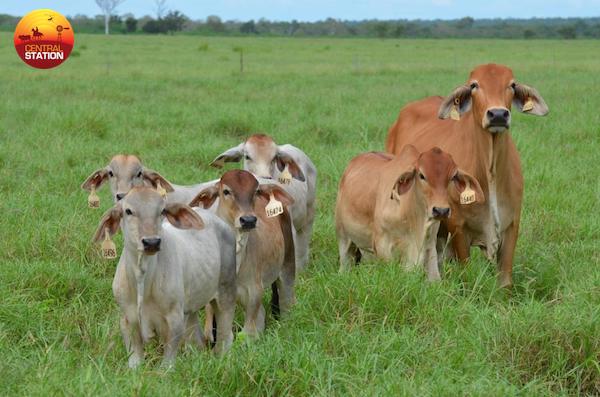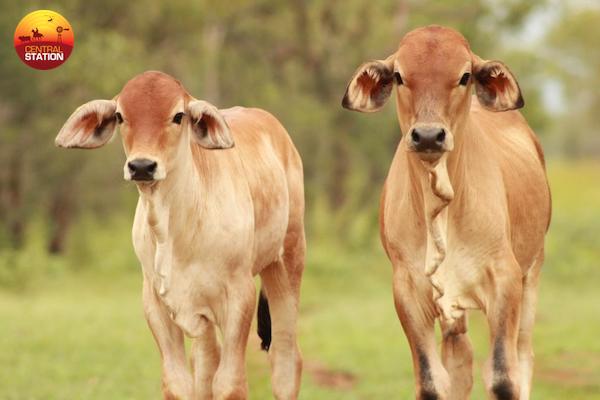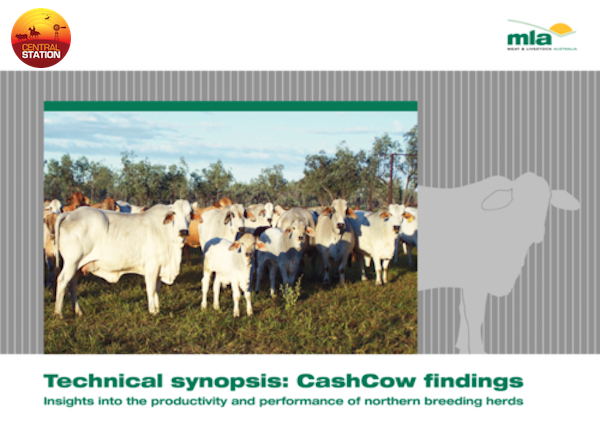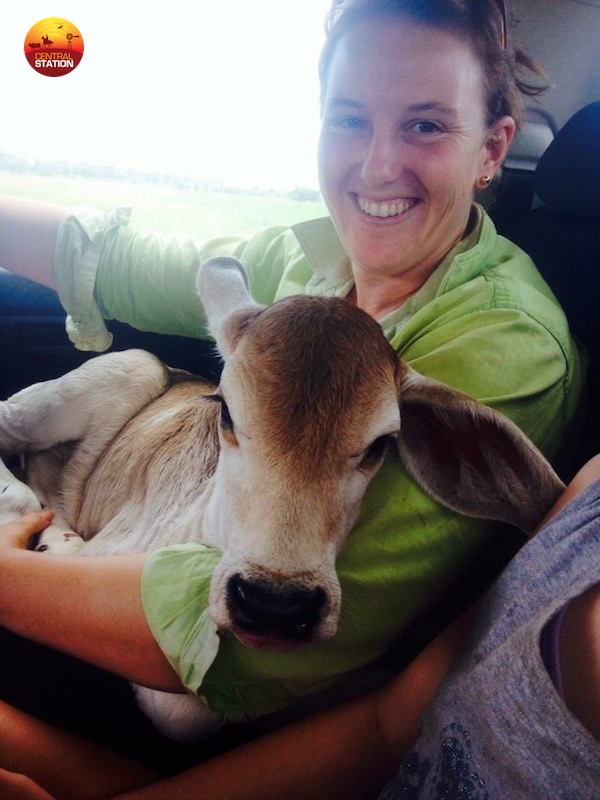Calf Alive
Host: Katherine Research Station
Written by Jodie Ward – Pastoral Production Extension Officer, Katherine Research Station.
Yesterday’s blog was about the awesome work the CashCow Project did and the results that have the ability to really help the northern beef industry to progress. Well, today I’d like to tell you about an event that has come about from a troubling observation that was noticed while collecting the data for the CashCow Project. This event is called the CalfAlive Symposium.
During the CashCow Project, the researchers found there was huge variation between cows diagnosed pregnant and the number of weaners that were brought through the yards the following year. For example, heifers (first lactation cows) in the Northern Forest region had a median rate of foetal/calf loss of 16.4% with the best producers (best 25%) had foetal/calf losses of only 10.8%, while at the other end of the scale, (the lower producing 25% of pastoralists) in the same region were getting foetal/calf losses of nearly 20% – nearly a 10% difference. Although not as proportionally significant in other classes of cattle, a large variation in foetal/calf losses was observed in older cows as well.

So the team to set to work to identify what factors actually caused these variations and what can be done from a management viewpoint to reduce it as much as possible. The CashCow team found the factors that most contributed to such losses (taking out the effect of country type) included cow lactation status the previous year, cow frame size, disease status, and mustering around time of calving.
Funnily enough, it was the cows that had lactated the previous year that had fewer foetal/calf losses in comparison to those that had not lactated. To me, this seemed odd, because I would have otherwise assumed that it would be those that didn’t lactate the previous year that would have more energy and nutrient reserves to provide to a calf for it to thrive all the way through to weaning and then some – but I was wrong! The cows that lactated the previous year had a much reduced rate of foetal/calf loss between diagnosed pregnant and coming through with a weaner the following year across the board, irrespective of country type. That’s the type of cows I would want!
The fact that cow frame size contributed to the proportion of foetal/calf loss however did not take me by surprise. It makes sense to me that the bigger a cow is, the more nutrients she needs to feed herself and maintain her body condition. Therefore in my thinking, it’s not surprising that it might be physically difficult for a larger framed cow to consume more than she already, and get access to more than she is already eating, in order to support the additional nutritional requirement of a calf as well. The CashCow Project found that larger cows (hip height of greater than 140cm from the ground) had an average of 3.7% higher foetal/calf loss than smaller cows (hip height of less than 125cm from the ground).
Mustering within two months of expected calving date had a dramatic effect on foetal losses in first calf heifers – increasing the foetal/calf loss rate from 12.82% to 21.66%. There was also an effect of foetal/calf losses of older cows as well, however the impact was to a lesser extent.
In herds where there was a high prevalence of Pestivirus or Vibriosis, average foetal/calf losses were again higher by as much as up to 8%.
But there were a number of other influencing factors as well! However, I don’t want to ruin the whole surprise, because to find out more, you are going to have to attend the national CalfAlive Symposium discussing the causes of calf loss and what can be done to minimise them on the 24th – 25th November 2017 at Capella, QLD. If you would like to know more about what’s going to be discussed at the symposium, be sure to follow the Facebook page, “CalfAlive Symposium” for further details including event speakers, programs and how to buy tickets and get involved.
In the meantime however, remember that there is the CashCow Technical Synopsis available for free download from http://publications.mla.com.au/go/8wSeUjsdcKsjsQYk.
I hope to see you all in November!




